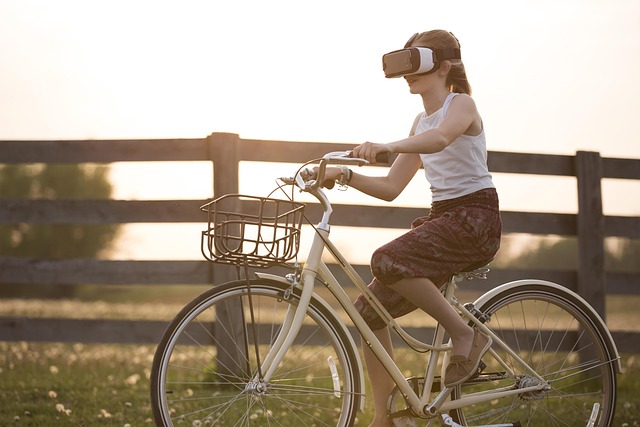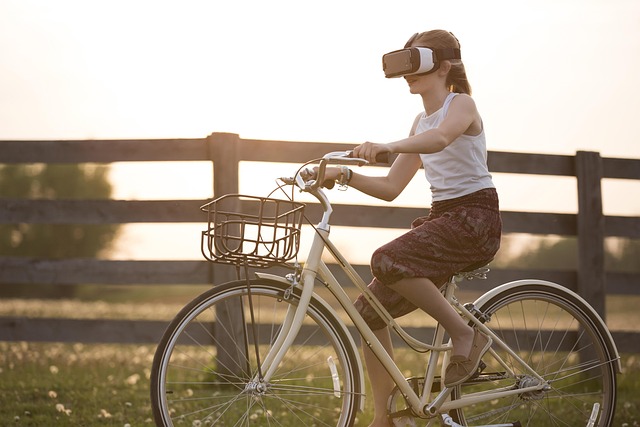In recent years, the concept of education has evolved significantly, driven by technological advancements that reshape how students learn and interact with their environment. One of the most transformative developments in this realm is the rise of the virtual classroom, which harnesses the power of Virtual Reality (VR), Augmented Reality (AR), and the Metaverse to create immersive learning experiences.
Imagine stepping into a virtual classroom where lessons come alive around you. With VR, students can explore historical landmarks, engage in interactive science experiments, or even traverse the solar system—all from the comfort of their home. This level of engagement not only enhances understanding but also fosters a sense of wonder and excitement about learning. The immersive nature of virtual reality helps students retain information better, as they are not just passive recipients of knowledge; they are active participants in their education.
On the other hand, Augmented Reality adds yet another layer to the educational experience. By overlaying digital information onto the real world, AR enables students to visualize complex concepts in ways that traditional textbooks cannot. For instance, with just a smartphone or AR headset, learners can interact with 3D models of the human body, dissect virtual organisms, or pluck elements from the periodic table to see their properties firsthand. This hands-on approach not only captures the imagination but also caters to various learning styles, ensuring that everyone has a chance to engage with the material.
The Metaverse, a collective virtual space that combines multiple elements of VR and AR, holds even greater potential for revolutionizing educational settings. Here, social interactions and collaborative learning become boundless. Students from around the globe can come together to attend classes, participate in discussions, and work on group projects in a shared digital space. The Metaverse encourages diversity in learning, as students can share their unique perspectives, collaborate creatively, and build connections that transcend geographical barriers.
Furthermore, the virtual classroom provides unparalleled accessibility. Individuals with mobility challenges, those living in remote areas, or students who require specialized educational programs can benefit immensely from the flexible learning environments that VR and AR offer. The elimination of geographical and physical constraints allows for a more inclusive educational landscape where every learner has an opportunity to thrive.
As we embrace the future of education, the integration of VR, AR, and the Metaverse into virtual classrooms marks a significant step forward. It not only sparks joy in learning but also caters to the increasingly diverse needs of students. By harnessing these technologies, we are paving the way for a richer, more interactive, and inclusive educational experience that prepares learners for the complexities of the modern world.



